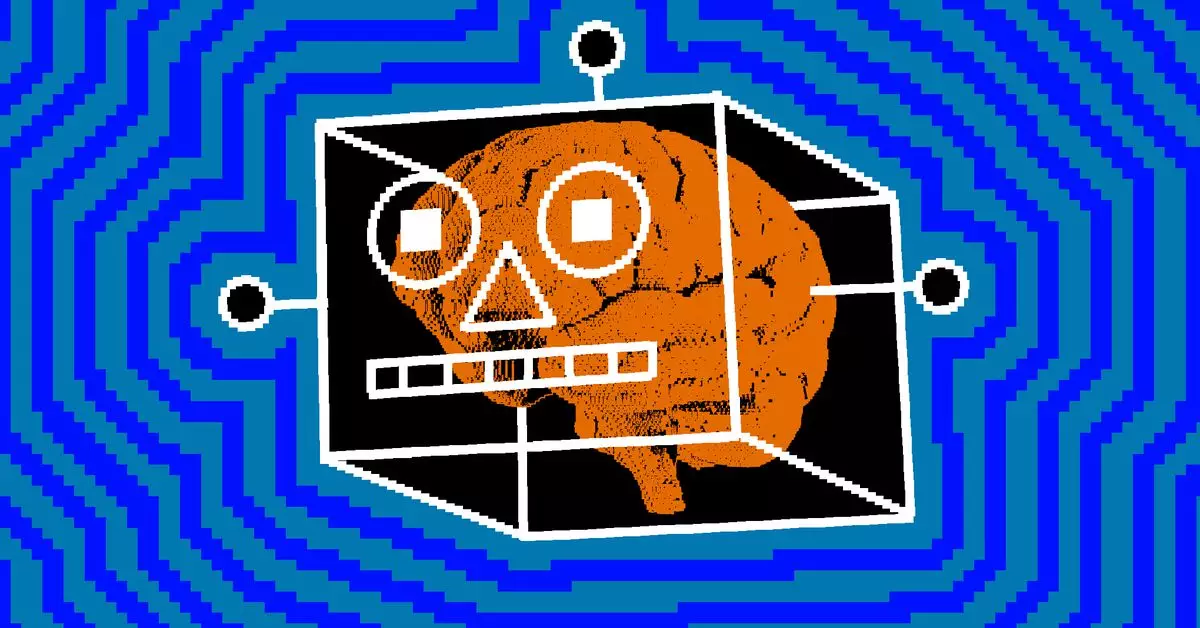As technology continues to evolve rapidly in the 21st century, the race among tech giants to develop intelligent automation tools is intensifying. A recent report from The Information reveals that Google is working on an innovative project known as “Project Jarvis,” which aims to redefine how users interact with web-based tasks. Designed to assist users in various activities—and reportedly set for a preview as soon as December—Jarvis could significantly reshape our online experience.
The Concept and Functionality Behind Jarvis
Project Jarvis is envisioned as a sophisticated assistant capable of undertaking a variety of tasks, such as conducting research, making purchases, and booking flights. These functionalities hinge on a future iteration of Google’s Gemini technology, which appears to be tailored specifically for the Chrome web browser. This targeted approach suggests that Google is intent on refining Jarvis to excel within a specific environment, thereby optimizing its performance and reliability.
One of the standout features of Project Jarvis is its capacity to process and interpret screenshots. By analyzing visual data from web pages, Jarvis will be able to execute clicks or input text automatically, quite literally taking over tasks that users would typically perform manually. However, as noted in the report, the current iteration of Jarvis takes a few seconds to perform each action, indicating that there may still be room for improvement in its responsiveness and efficiency.
Google’s endeavor is not without competition. Other tech giants are actively developing their own automation systems. Microsoft’s Copilot Vision, for instance, is designed to engage users in dialogue about the content of web pages, promoting interaction between humans and machines. Meanwhile, Apple’s forthcoming Artificial Intelligence offerings are expected to act across multiple applications, utilizing contextual awareness to streamline user tasks. Similarly, Anthropic’s recent beta update to Claude aims to facilitate computer operations for users, pointing to a broader trend in which automation tools are becoming increasingly commonplace.
While the anticipation surrounding Project Jarvis is palpable, it’s essential to consider the challenges that lie ahead. The Information suggests that the project’s unveiling is tentative at this stage, as Google may opt to conduct further testing with a limited group of users. This careful approach reflects a commitment to refining the tool before rolling it out on a larger scale.
In a field as dynamic as artificial intelligence, where user expectations evolve continuously, the development of an effective automation tool demands not only innovation but also rigorous testing to ensure reliability and user satisfaction.
Project Jarvis represents a bold step into the future of automation, aligning with a wider industry trend emphasizing enhanced user experience through technology. If successful, Google’s initiative promises to change how we navigate digital tasks, advocating for a more streamlined approach to online interactions. As we await further details in December, the tech community will undoubtedly keep a keen eye on how this project unfolds and what it signifies for the ongoing evolution of AI in our daily lives.


Leave a Reply